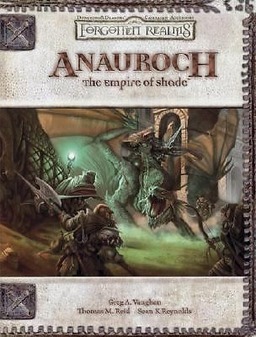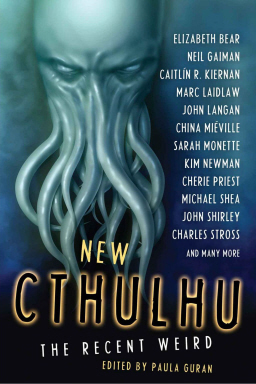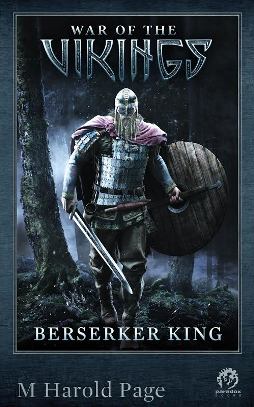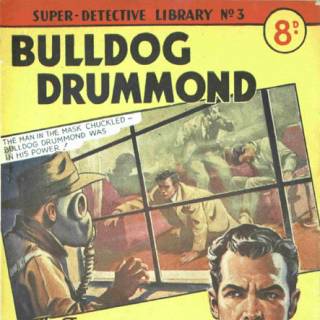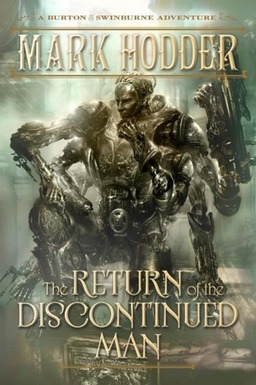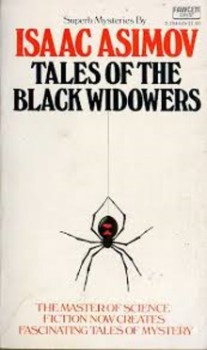Self-Published Book Review: Pyre by R. B. Kannon
If you have a book you’d like me to review, please see the submission guidelines here.
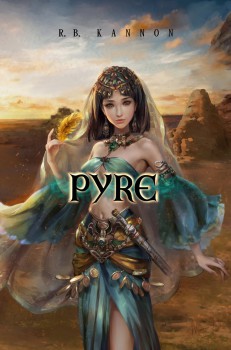
This month’s self-published book is Pyre by R.B. Kannon. Set in a desert land reminiscent of ancient Egypt, it tells the life story of Ember, scion of a ruined people.
When Ember was a small child, her mother locked her inside an ancient, abandoned temple to die. She did this because Ember is cursed. Her people have no dreams or visions, no hope or desire or love. They sacrificed those things to a long forgotten demigod. But Ember is different—she not only has those ordinary traits of humanity, her mere presence disturbs the dreamless sleep of her people, bringing them unwanted dreams and nightmares. So she was locked away in the temple, but she was not alone. The Voice was there, a demonic presence who bonds with her and frees them both.
At first, Ember is taken in by Azarus, the eunuch satrap of the province, who teaches her to read and write not only the common language, but also the ancient glyphs that cover the ruins littering the countryside. Years later, when Azarus is killed by the Emperor’s unfavored son, she flees, returning first to her own people, then falling in with prostitutes and bandits, before finally coming back to the temple, where she challenges the Voice to seek redemption not just for herself, but for her fallen people.
The strongest part of Pyre was the prose. The first person narration has a lyrical quality, filled with descriptions rich with dream-like imagery, slipping effortlessly between reality and Ember’s own dreams. Ember herself is strong and determined, qualities which initially drew the Voice to her. The Voice, on the other hand, is cynical and mocking. He accompanies Ember more out of curiosity and boredom, and his own chance at freedom and survival, than because he has any interest in her welfare.

